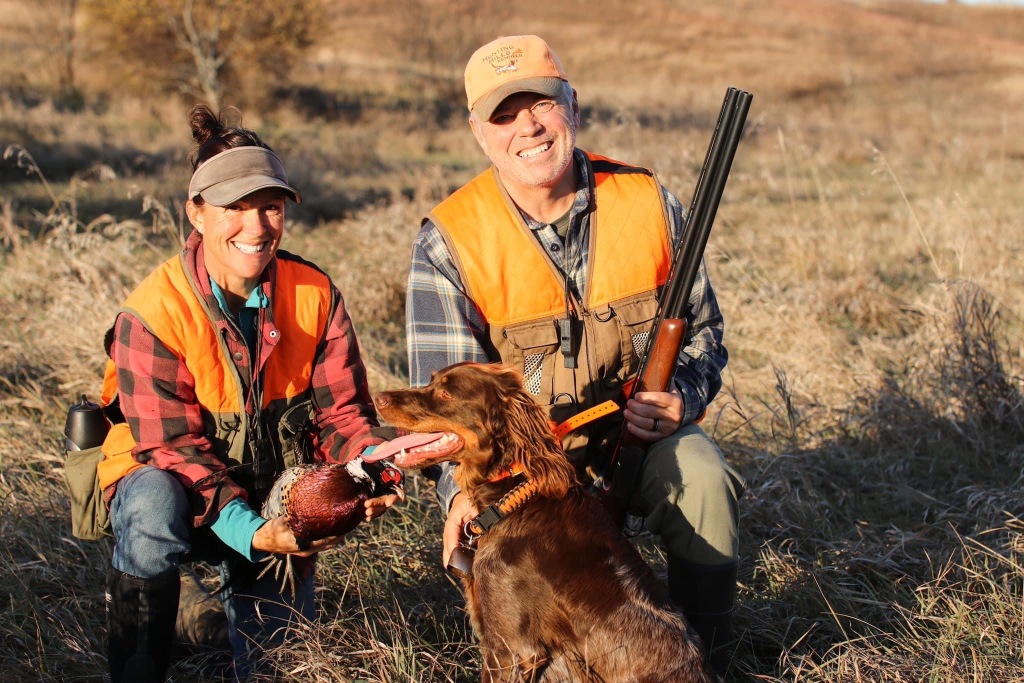OFA vs FCI vs SV
A short read and link comparing international hip rating methodologies, and advocating OFA for Picardy Spaniels in North America.
As more people are looking to Europe to import Picardy Spaniels with genetics that will widen and deepen the current gene pool in North America it’s best to fully understand how international hip ratings compare. It’s important to note that the European hip scores are typically done differently than OFA in that each hip is rated separately. The Europeans are more attuned to overall structural issues as well as most countries require elbow X-Rays and ratings to augment those of the hips. Further, Germany is now mandating eye testing as well in order for Picardy Spaniels to be eligible for breeding. However, hip scores will always be an integral component of breeding decisions regardless of the country you live in. The link below is an excellent comparison of OFA vs the most widely used hip rating methodologies used in Europe.
While there are pros and cons to both OFA and PennHip hip rating methodologies, Castiron Kennels utilizes OFA to identify the quality of the hips of our dogs. Our rationale is rooted in the following:
- The link between genetic and environmental hip quality has yet to be fully understood. Cost aside, it would probably be best to have X-Rays taken several times during the first 2 years of a puppy’s life to document the hip development over time and better determine whether any defect or deformity was due to environmental factors…too much running or jumping at an early age, the “slippery floor syndrome,” the impact of going up and down stairs regularly, etc…or genetic factors.
- OFA requires dogs to be 2 years old before an official hip scoring, while PennHip can be done as early as 4 months of age. But, a young dog has not fully developed its final skeletal structure until it is close to 2 years of age. Our dogs are our family members. We would never consider rehoming a 4-month-old puppy because of a hip score that might preclude it from being a breeding sire or dam in the future.
- Putting undue and unnatural pressure on the hips to obtain PennHip scores at a younger age could in itself cause some damage to the hips. Further, the skill of the technician positioning a dog for PennHip rating can influence the results positively or negatively.
- The Picardy Spaniel is a European breed that is very new to North America. Of the ~3,000 dogs worldwide only ~10% reside in North America. When evaluating pedigrees in the search for litters/dogs that will enlarge and enhance the gene pool here we need to have a comparable scale for hip scores that works for both us and our European counterparts. The OFA scale is better understood and easier to compare across the various methodologies.
- Again, our dogs are our family members. Should one of them be determined to have hips that are not acceptable with responsible breeding practices that dog will still be a part of our family. S/he will be trained to hunt and will be considered a family member regardless of whether the dog’s hips qualify it as a possible breeding sire or dam. We don’t “move dogs along” simply because they don’t meet breed standards, we simply don’t breed them.
For anyone interested in learning more details about global hip rating methodologies there is a very informative matrix courtesy of Pat Long and the Bernese Mountain Dog Organization here:
Ric, Ellen and their 4 Picardy Spaniels live in New Glarus, WI just 25 minutes southwest of Madison. A lifelong hunter, Ric has trained and hunted Small Munsterlanders, Gordon Setters, and for the past 6 years Picardy Spaniels. Ellen has an extensive background in animal genetics and a PhD in Reproductive Physiology. She bred and trained Greater Swiss Mountain Dogs prior to Picardy Spaniels.
